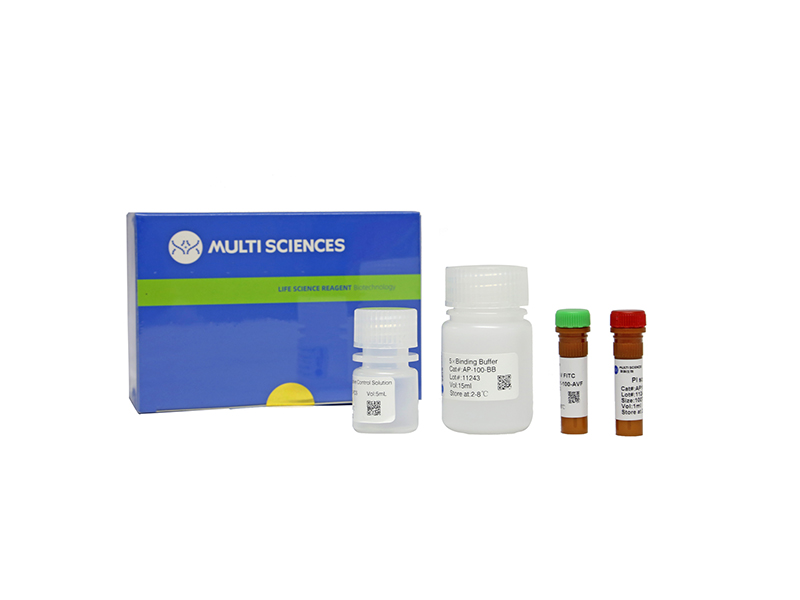BACKGROUND: Mycoplasma pneumoniae (M. pneumoniae) is one of the major etiological agents for community-acquired pneumonia (CAP) in all age groups. The early host response to M. pneumoniae infection relies on the concerted release of proteins with various biological activities. However, no comprehensive analysis of the secretory proteins has been conducted to date regarding the host response upon M. pneumoniae infection. RESULTS: We employed the liquid chromatography-tandem mass spectrometry (LC-MS/MS)-based label-free quantitative proteomic technology to identify and characterize the members of the human alveolar epithelial carcinoma A549 cell secretome during M. pneumoniae infection. A total of 256 proteins were identified, with 113 being differentially expressed (>1.5-fold change), among which 9 were only expressed in control cells, 10 only in M. pneumoniae-treated cells, while 55 were up-regulated and 39 down-regulated by M. pneumoniae. The changed expression of some of the identified proteins was validated by RT-PCR and immunoblot analysis. Cellular localization analysis of the secretome data revealed 59.38% of the proteins were considered as "putative secretory proteins". Functional analysis revealed that the proteins affected upon M. pneumoniae infection were mainly related to metabolic process, stress response, and immune response. We further examined the level of one up-regulated protein, IL-33, in clinical samples. The result showed that IL-33 levels were significantly higher in the plasma and bronchoalveolar lavage fluid (BALF) of M. pneumoniae pneumonia (MPP) patients. CONCLUSIONS: The present study provided systematic information about the changes in the expression of secretory proteins during M. pneumoniae infection, which is useful for the discovery of specific biomarkers and targets for pharmacological intervention.
文章引用产品
-
-
- AP101
- 凋亡试剂盒
Annexin V-FITC/PI Apoptosis Kit(适用于除C6以外的流式细胞仪)
-
¥630.00 – ¥1,280.00
-
- AP101
- 凋亡试剂盒
Annexin V-FITC/PI Apoptosis Kit(适用于除C6以外的流式细胞仪)
- ¥630.00 – ¥1,280.00



